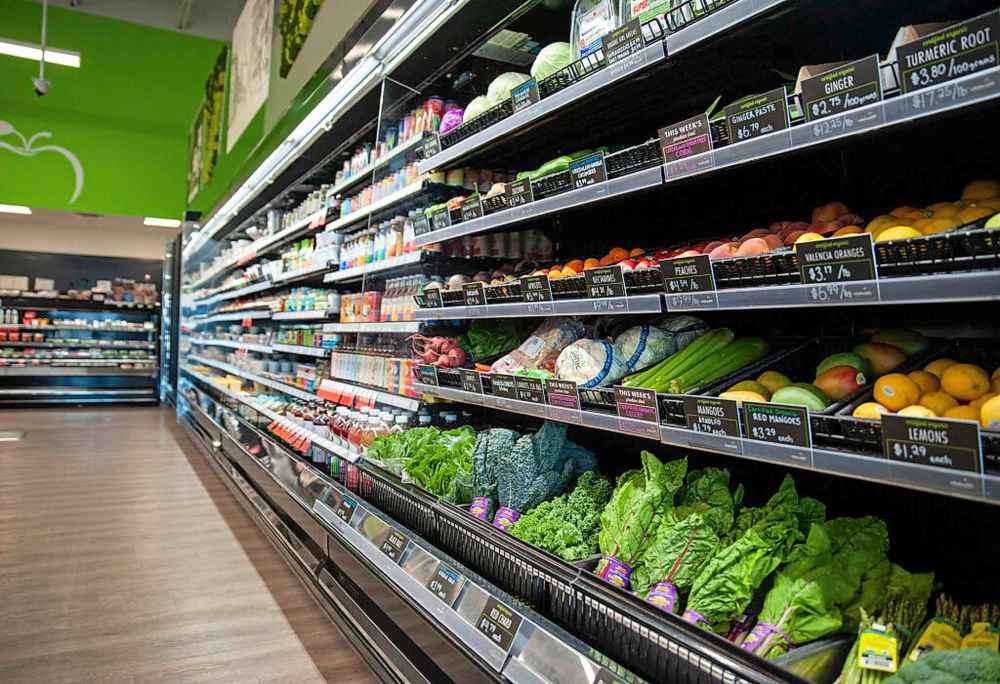Interrupting the shoplifting cycle
Advertisement
Read this article for free:
or
Already have an account? Log in here »
To continue reading, please subscribe:
Monthly Digital Subscription
$0 for the first 4 weeks*
- Enjoy unlimited reading on winnipegfreepress.com
- Read the E-Edition, our digital replica newspaper
- Access News Break, our award-winning app
- Play interactive puzzles
*No charge for 4 weeks then price increases to the regular rate of $19.00 plus GST every four weeks. Offer available to new and qualified returning subscribers only. Cancel any time.
Monthly Digital Subscription
$4.75/week*
- Enjoy unlimited reading on winnipegfreepress.com
- Read the E-Edition, our digital replica newspaper
- Access News Break, our award-winning app
- Play interactive puzzles
*Billed as $19 plus GST every four weeks. Cancel any time.
To continue reading, please subscribe:
Add Free Press access to your Brandon Sun subscription for only an additional
$1 for the first 4 weeks*
*Your next subscription payment will increase by $1.00 and you will be charged $16.99 plus GST for four weeks. After four weeks, your payment will increase to $23.99 plus GST every four weeks.
Read unlimited articles for free today:
or
Already have an account? Log in here »
Hey there, time traveller!
This article was published 10/06/2024 (547 days ago), so information in it may no longer be current.
The observation arrives with a blunt-force frankness that is both instructive and unsettling:
“We can’t police our way out of this.”
The comment, from Winnipeg Police Service Insp. Jennifer McKinnon, is in reference to the current high volume of shoplifting being experienced by local retailers in various commercial sectors. And how to confront this alarming trend is a $200-million question whose answer or answers seem currently to be beyond the grasp of business owners, law enforcement and government.

The $200-million figure is what experts cite as the estimated value of merchandise stolen annually from Manitoba stores. The number, it is believed, represents a threefold increase in recent years, and shoplifting — which in many cases has become an organized and aggressively persistent for-profit endeavour — often now involves weapons and the threat of violence should anyone seek to intervene.
As outlined in a two-part Free Press investigation, retail theft has become so frequent that store employees describe some thieves as “regulars” who are known on a first-name basis and whose fearless incursions have basically become purloinment appointments.
“There’s a group of people that are there every day,” said one worker. “It’s very well-organized. You can’t touch them, and they know you can’t touch them. … They come in and they say ‘(Expletive) you, get the (expletive) out of my way.’”
What makes this rising tide of grab-and-walk transgression particularly vexing is that none of the familiar formulas for combating crime seem applicable. Police response to non-violent theft is either slow or nonexistent as resources are focused with more urgent situations; private security personnel (including, in some businesses, off-duty police officers) are stationed mostly for show, instructed by those who hire them not to confront or detain shoplifters.
And there exists, it seems, a ready appetite in certain segments of society for goods that can be purchased at prices so low that there’s no doubt the buyers are aware they’re trafficking in the proceeds of crime.
In the apparent absence of both deterrence and consequence, thieves operate knowing their actions will go mostly unchallenged. In other words, shoplifting is a very bad business, but for those engaged in it — either directly as thieves or in higher-up organizational/brokerage roles — these days business is very, very good.
In terms of what’s to be done… it seems that’s complicated, owing to the breadth and diversity of the retail sector(s) affected. The strategy employed to combat large-scale theft at Manitoba’s government-owned liquor stores — effectively installing locked-door security kiosks at every store entrance — is a non-starter in the wider retail realm because there’s virtually no hope of getting all the competitors in any sector on the same page when it comes to securing certain products or imposing ID screening at store entrances.
If a single operator or chain were to adopt such policies, inconvenience-averse customers would simply take their business elsewhere. “Unless all my competitors do the same thing, if I were to initiate that (kind of) security, I’d probably be closed within a week,” said one local proprietor.
The province recently pledged to underwrite the cost of police overtime to increase enforcement in so-called retail-crime hot spots, but there’s little industry-wide relief to be derived from such a tactic.
It comes down to identifying measures that will shift the inconvenience hard in the direction of the offenders, while at the same time continuing to — and here’s a familiar phrase — focus on the root causes that propel some among us into the endless spiral of stealing, selling and buying goods intended for sale to the law-abiding public.
History
Updated on Monday, June 10, 2024 7:20 AM CDT: Adds photo








